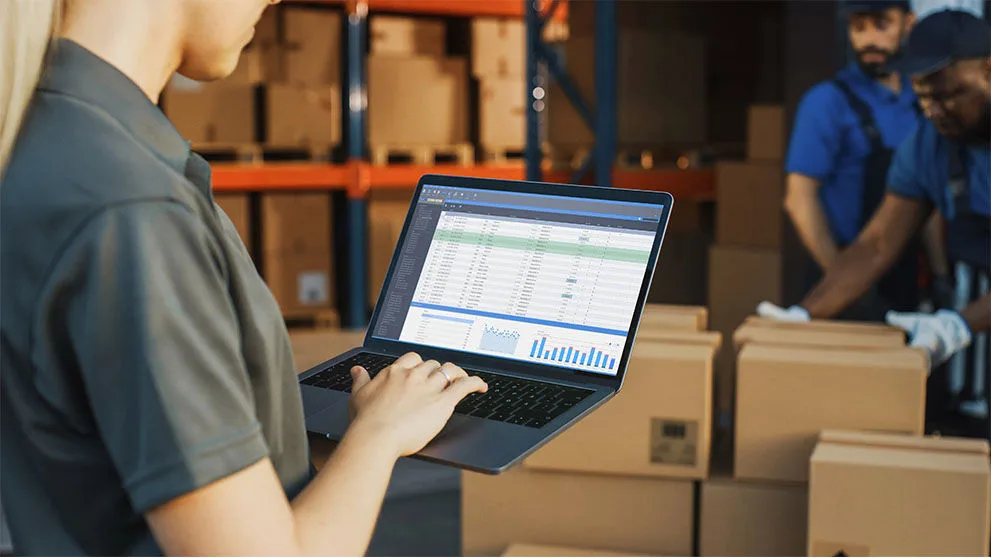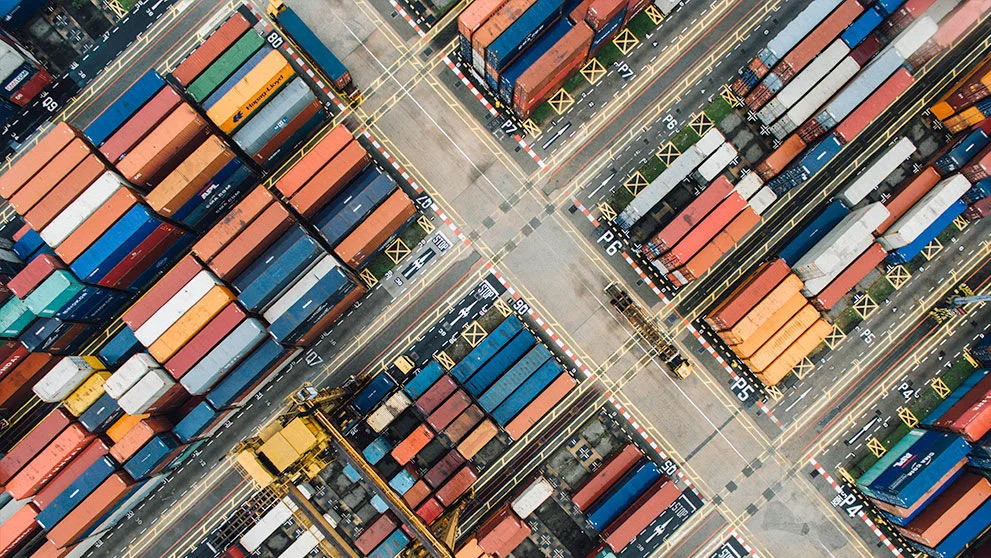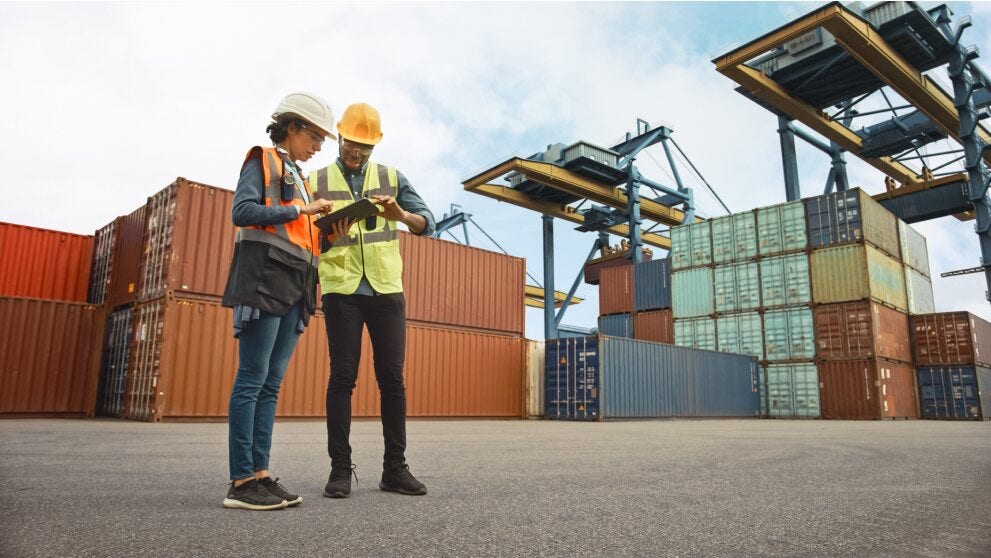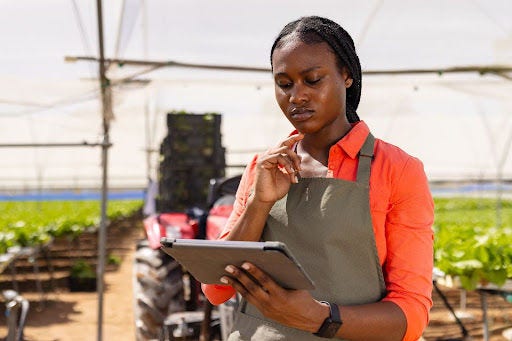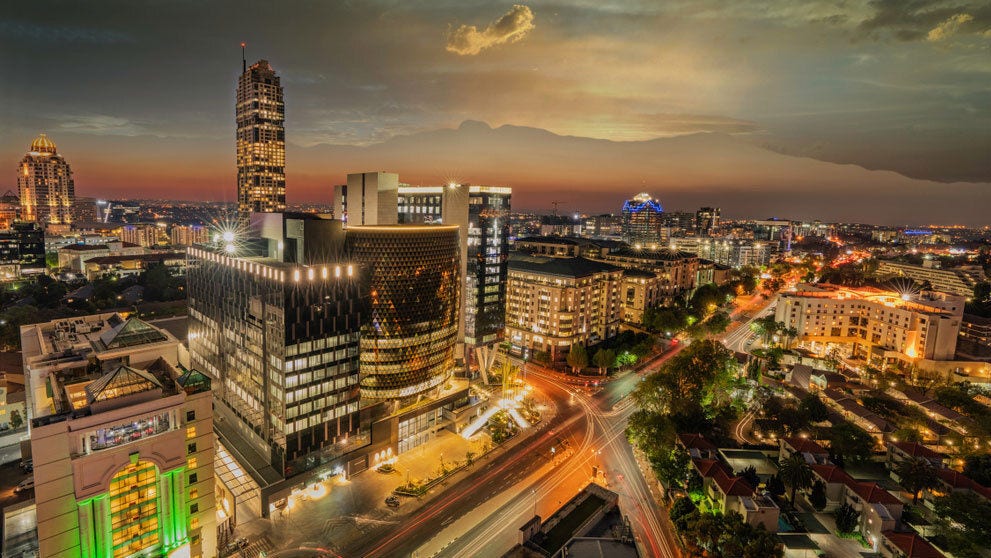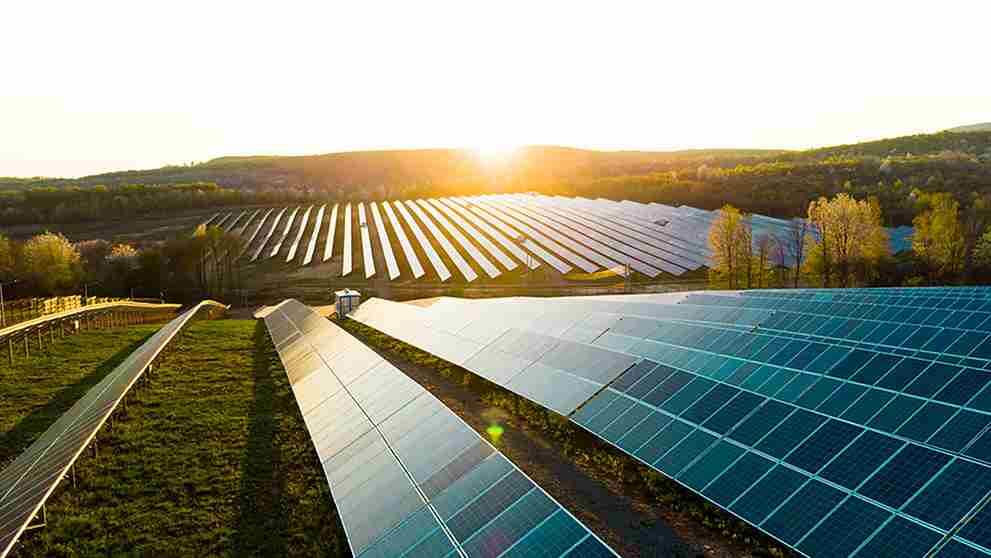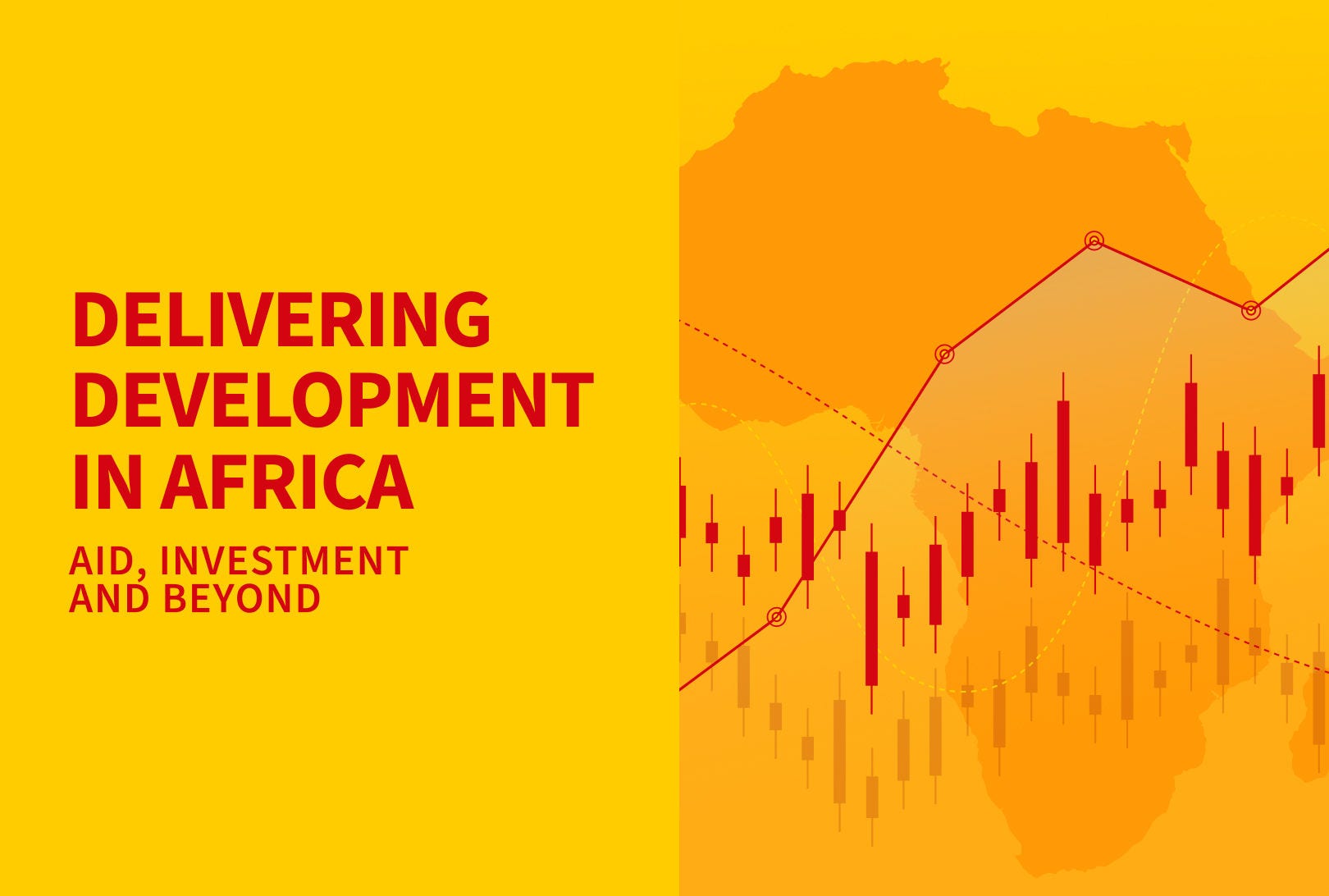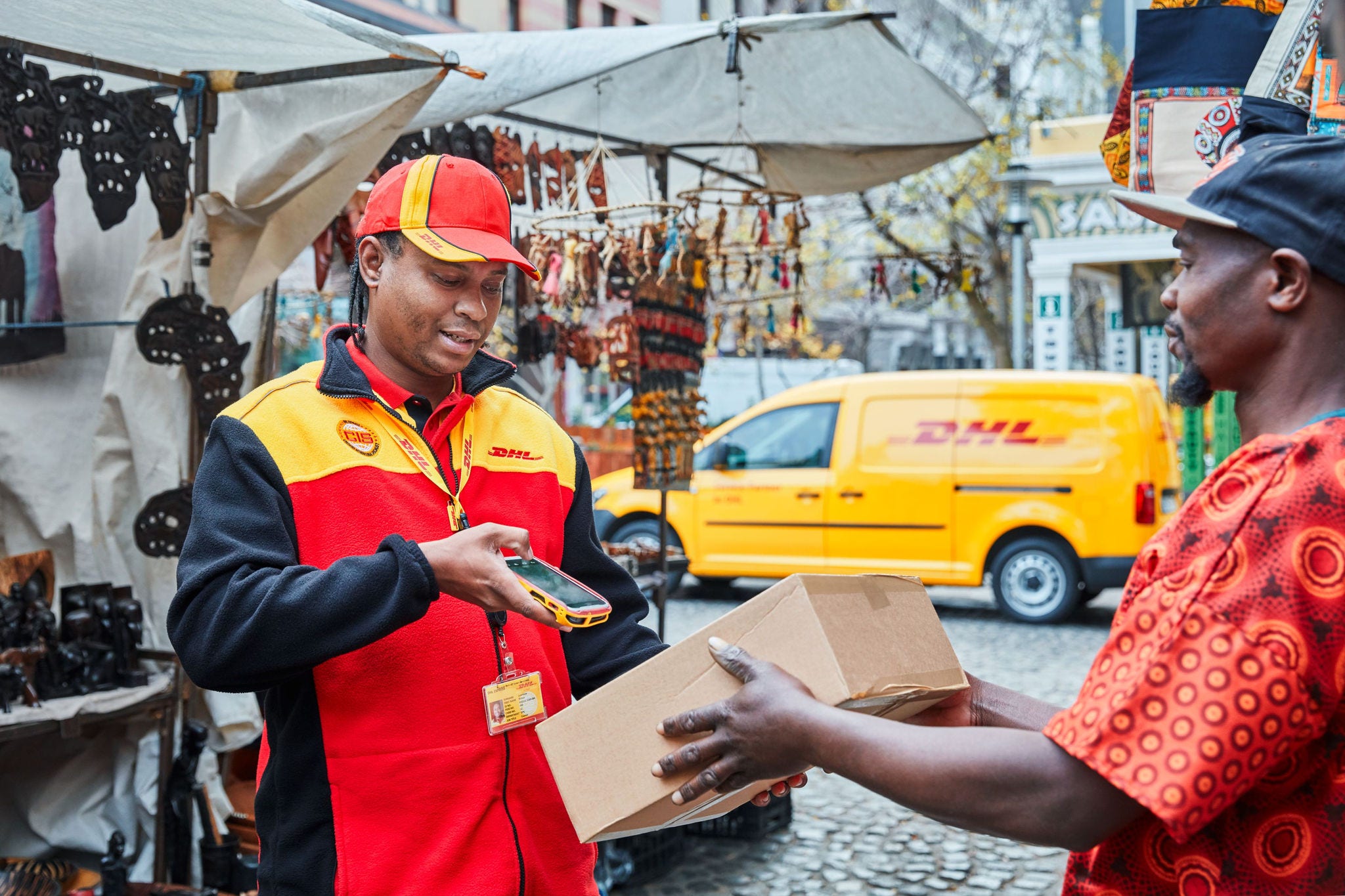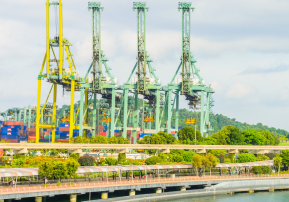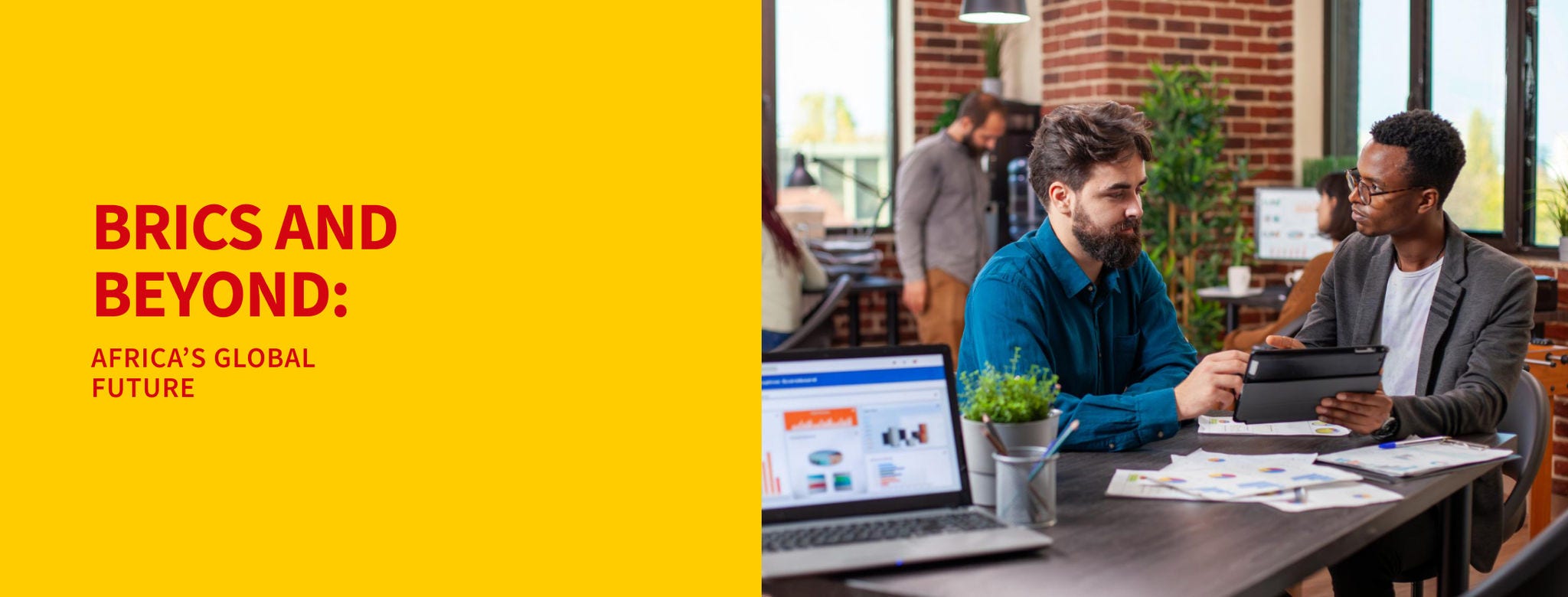
DHL GIBS Nodes and Networks: Africa’s Centres Of Investment Gravity and The Ties That Bind Them
For a long time, we’ve looked at Africa’s economic potential by staring at a map and obsessing over national borders. We compare "South Africa vs. Nigeria" or "Kenya vs. Egypt" as if economic success stops at a customs gate. But a new perspective suggests we might be looking at the wrong things.
The latest report from the DHL GIBS Development Series, argues that the real story of African development isn't happening at a national level. Instead, it is happening in specific, high-intensity ‘hubs’. These are the centres of gravity where investment, infrastructure, and innovation collide to create something powerful.
For us South Africans, watching how these nodes evolve offers both a competitive warning and a blueprint for our own growth.
Tanger Med: Motoring Morocco Forward
Consider what is happening on the northern tip of the continent. Just 14 kilometres from Europe, where the Mediterranean narrows, stands the Tanger Med industrial complex. This isn't just a port; it is a juggernaut that has transformed Morocco from a largely agricultural exporter into a hub for automotive and aerospace industries. The numbers are staggering: in 2023, the port processed 8.61 million TEUs (twenty-foot equivalent units), nearly reaching its full capacity. Perhaps most stinging for South African industry is that in 2023, Morocco overtook us as the continent’s leading car exporter, shipping over 500,000 vehicles mostly through this very hub.
This success wasn't accidental. It was driven by King Mohammed VI’s "Economy First" principle and a willingness to play to the country's strengths. They realized that wages in Morocco were about a quarter of Western Europe's, and combined this cost advantage with a plug-and-play platform that cut through red tape for investors. They are not resting on their laurels, either. The hub is aggressively pursuing a green agenda with a goal of 100% zero carbon by 2030 and has secured a sustainability-linked loan from the IFC to expand its truck and passenger terminals.

Yabacon Valley: Birthplace of Unicorns
While Tanger is about heavy hardware, Lagos is proving that software is just as valuable.
In the district of Yaba, affectionately dubbed "Yabacon Valley", technology is booming. Lagos has even pipped major global cities to become the world’s number one "Rising Star" in the Global Tech Ecosystem Index. The city is home to a startup ecosystem valued at a massive US$15.3 billion and has produced five unicorns.
The vision turned into prosperity starting around 2011 with the founding of the Co-Creation Hub (CcHUB), backed by eBay founder Pierre Omidyar. This coincided with the arrival of the MainOne high-speed fibre optic cable, which literally and figuratively plugged Nigerian talent into the global grid. What makes this hub special is that entrepreneurs like those at Flutterwave are solving uniquely African problems, such as digitizing cash payments. Looking ahead, the focus is shifting to infrastructure. Lagos is pivoting to a "smart city" model to tackle its legendary traffic through intelligent transport systems, while the federal government works on a Digital Free Zone to simplify the regulatory environment for tech firms.
Silicon Savannah: Young, Wired, and World-Class
Over in East Africa, Nairobi’s "Silicon Savannah" offers a masterclass in how necessity drives invention. Kenyan startups raised US$638 million in 2024 alone, accounting for 29% of Africa's total startup funding for the year. The ICT sector is becoming a pillar of the economy, projected to contribute 25% to Kenya's GDP in 2025.
This ecosystem finds its roots in the arrival of the TEAMS undersea cable in 2009 and the revolutionary success of M-Pesa. But the winning formula here has been the ability to bring global friends close. Giants like Google and Microsoft have set up hubs in Kenya, bringing capital and skills that catalyse local growth. To ensure the youth can take those jobs, institutions like the Moringa School are churning out market-ready tech talent. The government is backing this momentum with a new National Artificial Intelligence Strategy and a Startup Bill designed to offer tax breaks and easier credit access to budding entrepreneurs.
Critical Minerals: Africa’s Plan to Achieve Long-Term Benefit
When it comes to natural resources, the narrative is shifting from simple extraction to intelligent processing. Africa holds about 30% of the world’s critical minerals, like cobalt and lithium, yet in 2024, the continent attracted only 10.4% of global exploration spend. The goal now is to change that ratio and keep more value on home soil.
We are seeing proof that policy changes work. In 2022, the DRC almost tripled its cobalt export value to US$6 billion simply by processing the mineral locally rather than exporting it raw. Meanwhile, in Zambia, a company called KoBold Metals, backed by Bill Gates and Jeff Bezos, is using artificial intelligence to discover massive copper deposits. The key lesson here is that African economies must be prioritized. The African Union’s Green Minerals Strategy is pushing for countries to negotiate en bloc, ensuring they aren't picked off one by one by unified buyers like China, which currently imports 56% of Africa’s critical minerals.

Cold Chain: Unleashing Agriculture and Healthcare
In Egypt, the Alexandria–Cairo corridor demonstrates how logistics can save both lives and livelihoods.
This cold-chain market is scaling fast, valued at US$5.4 billion in 2024. The efficiency of this corridor allowed Egypt to export a record 2.39 million tonnes of citrus in 2024.
The government didn't just find this corridor; they built it. They created a logistics "spine" connecting the 6th of October Dry Port to the seaports in Alexandria, supported by digital systems like NAFEZA that have cut average port clearance times from 16 days down to just over 8. This speed is vital because, in the cold chain, time is money. Every hour saved preserves the quality of perishable exports and temperature-sensitive medicines. Looking forward, the corridor is going green, with industrial cities installing rooftop solar to reduce energy costs and meet strict European carbon standards. DHL is also innovating within this space, running a specialized service for clinical trials that moves biological samples across 33 African countries, navigating challenges like Lagos traffic with speedboats to ensure samples stay viable.
Air Addis: Aerial Corridors of Power
Finally, Ethiopia is proving that a landlocked country can still rule the skies. Addis Ababa is currently hitting the physical limits of its Bole International Airport, which handled 12 million passengers in 2024. To solve this, they are building a massive new greenfield airport, Abusera, with a target capacity of 100 million passengers, a figure that rivals London's Heathrow.
The vision is to create an "aerotropolis," an airport city complete with hotels and logistics parks, anchored by the continent's biggest carrier, Ethiopian Airlines. Anthony Beckley, DHL Vice President Operations and Aviation: Sub-Saharan Africa, DHL Express, suggests that getting these aerial hubs right requires adhering to a few harsh truths. He notes that function must beat flash, meaning vanity projects should be avoided in favor of utility. He also emphasizes that an airport is only as good as its anchor airline, and that ultimately, the only business model that matters is speed. By 2029, Ethiopia plans to have these two airports linked by express rail, operating as a single, seamless system.

Additional Insights
The future involves even deeper connections.
The EU’s "Global Gateway" has mapped 12 priority transport corridors across more than 30 African countries to mobilize €300 billion in investment. Simultaneously, the African Atlantic Gas Pipeline is a US$25 billion megaproject that is set to link Nigeria to Morocco, traversing 16 countries and supplying energy to West Africa and Europe. These aren't just pipe dreams; they are the next layer of the network.
CONCLUSION
Hubs, complexes, and corridors are like living beings. They feed off industrial forces, connect people, and adapt to their changing environments. From the digital energy of Yabacon Valley to the physical scale of Tanger Med, these centres of gravity are rewriting the African narrative. For South Africa and the rest of the continent, the message is clear: we must align national strategy with local action, harness our unique competitive advantages, and build the ties that bind.




